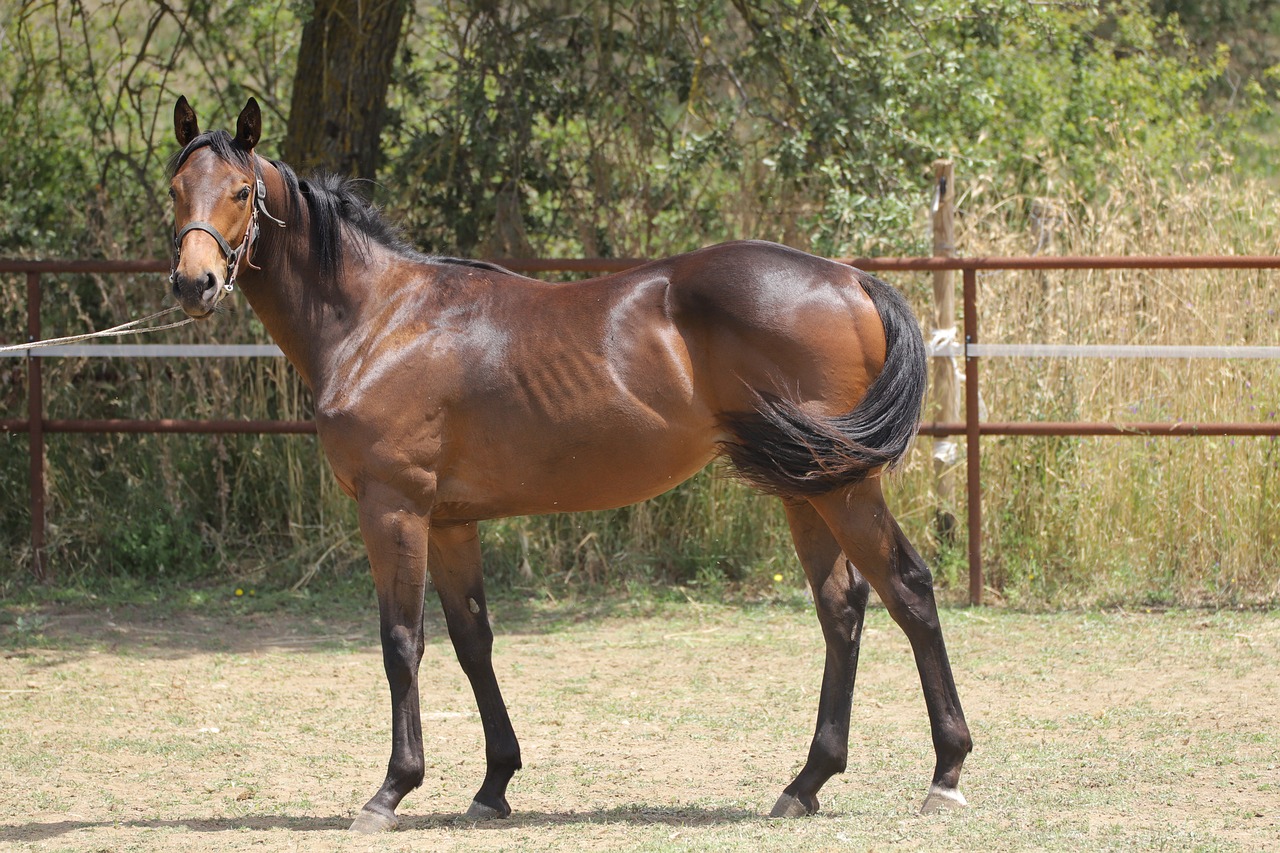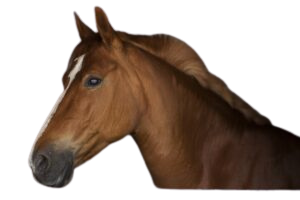
The Thoroughbred horse is one of the most recognized horse breeds worldwide, primarily known for its remarkable speed, stamina, and athleticism. Renowned in the world of horse racing, the Thoroughbred has earned a reputation for being the fastest breed in short-distance racing, typically ranging between 1 to 1.5 miles. Beyond racing, the breed has also made significant contributions to equestrian sports and breeding programs, making it a cornerstone of the equine world.

The Thoroughbred Origins and History
The Thoroughbred originated in England during the 17th and 18th centuries, when native English mares were crossed with three foundation stallions of Arabian, Turkoman, and Barb descent. These stallions—Byerley Turk, Darley Arabian, and Godolphin Arabian—provided the Thoroughbred with the genetic blueprint for speed, agility, and a fiery spirit. The breeding process was meticulous, with an emphasis on producing horses with the physical and mental attributes necessary for high-performance racing.
By the early 18th century, Thoroughbred racing had become a popular sport in England, and the breed’s fame quickly spread across Europe and America. The General Stud Book, established in 1791, formalized the breed’s pedigree system, ensuring that only horses with verified Thoroughbred lineage could be registered. Today, this practice continues globally, with Thoroughbred bloodlines carefully monitored to maintain the breed’s excellence.
The Thoroughbred Physical Characteristics
Thoroughbreds are characterized by their elegant and athletic build. Standing between 15.2 and 17 hands (about 62 to 68 inches) at the shoulder, they are typically tall and slim with well-defined muscles. Their long legs and deep chests allow for powerful strides and efficient lung capacity, essential traits for racing. The breed’s head is finely chiseled, with large, expressive eyes and well-proportioned ears. A long, graceful neck completes the Thoroughbred’s appearance of power and refinement.
Thoroughbreds come in various solid colors, with bay, chestnut, brown, black, and gray being the most common. Their coat is sleek and shiny, often adding to the impression of speed and elegance. While they are beautiful and agile, their thin skin makes them more prone to injuries and sensitive to harsh weather conditions.
Temperament and Personality
Thoroughbreds are known for their high energy, intelligence, and sometimes fiery temperament. Bred for competition, they have a strong work ethic and a will to win, but this drive can also make them spirited and challenging to manage, particularly for inexperienced handlers. However, when properly trained and cared for, they are capable of great loyalty and responsiveness.
Their intelligence makes them quick learners, but it also requires experienced riders and trainers to channel their energy productively. Thoroughbreds often thrive in environments where they have clear goals, such as racing or other competitive equestrian disciplines.
The Thoroughbred in Racing
Without a doubt, the sport of horse racing is where the Thoroughbred shines the most. Known for their burst of speed and stamina over short distances, these horses are the stars of famous events such as the Kentucky Derby, Preakness Stakes, and Belmont Stakes, collectively known as the Triple Crown in the United States. Thoroughbred racing is also a prominent sport in the UK, Australia, Japan, and many other countries.
The industry surrounding Thoroughbred racing is vast, with breeding, training, and racing operations contributing to a multi-billion-dollar global business. Horses with successful racing careers often become sought-after breeding prospects, with some stallions commanding astronomical fees for their services.
Other Equestrian Disciplines
While racing is the primary focus for many Thoroughbreds, their versatility allows them to excel in other equestrian disciplines as well. Retired racehorses are often retrained for new careers in dressage, show jumping, eventing, and polo. Their athleticism and trainable nature make them ideal competitors in these disciplines. In particular, Thoroughbreds are highly prized in eventing, which combines the challenges of dressage, cross-country, and show jumping.
Health and Care
Thoroughbreds are known for their competitive spirit, but their high energy can also make them more prone to certain health issues. Because they have been bred for speed, their bones and joints can sometimes be more fragile compared to other breeds, making them susceptible to injuries, especially in high-intensity racing environments.
Common issues include leg injuries, such as fractures and tendon damage, as well as respiratory issues that can arise from intense physical exertion. Proper care, including regular veterinary check-ups, balanced nutrition, and a well-structured training program, is essential to maintaining a Thoroughbred’s health and longevity.
Legacy and Impact
The Thoroughbred’s impact on the equine world cannot be overstated. As one of the most successful and recognizable horse breeds, Thoroughbreds have influenced the development of many other breeds, thanks to their speed, endurance, and strong genetic traits. They have become the benchmark for excellence in horse racing and continue to be a vital part of the global equestrian industry.
Moreover, the breed has fostered a deep connection between horses and humans, showcasing the bond that can develop through sport, competition, and companionship. Whether racing around a track at breathtaking speeds or gracefully leaping over fences in a show ring, the Thoroughbred remains a symbol of power, beauty, and athleticism.
Conclusion
Thoroughbreds are more than just racehorses; they are icons of the equine world. With their deep history, extraordinary physical abilities, and striking beauty, they have captivated the hearts of horse enthusiasts for centuries. While the racing industry has been their primary stage, Thoroughbreds continue to demonstrate their versatility in various equestrian disciplines, proving that they are truly a breed like no other. Their legacy, driven by speed and elegance, will undoubtedly endure for generations to come.


Facebook Comments